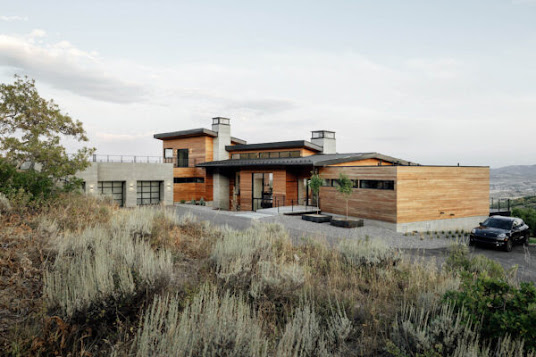All You Need To Know About Sustainable Design Strategies
Sustainability has been a crucial issue for quite a long time, and the actions are being taken seriously on the same. This has given rise to the concept of sustainable architecture. Implementing sustainable architecture strategies in public building designs and other architectural designs is a rising trend.
Sustainable architecture includes using sustainable design strategies that help in reducing carbon emissions and negative impacts on the environment. Architectures include several strategies focusing on specific areas that can reduce the building's impact on the environment; apart from architectural strategies, they choose sustainable building materials for construction.
Some of the significant sustainability strategies are mentioned below:
Passive Sustainable Design.
Passive sustainability designs, as the name suggests, include passive strategies to include sustainability in architectural designs. The strategies include basic strategies like the position of the window to allow proper ventilation and passage of natural light. By making this minor change in the position of a mere window, the energy requirements can be reduced considerably.
Thermal mass techniques, which harness solar energy, are also effective in certain climates. The method works so that thick walls absorb the sun's heat during the course of the day and reflect during the night—this way, no additional energy is spent on keeping the building warm on colder nights.
Active Sustainable Design Strategies.
Involvement of electrical and mechanical engineers to implement highly efficient and sustainable HVAC systems, and electrical and plumbing systems so that they have smaller environmental footprints.
Renewable Energy Systems.
Renewable energy systems include harnessing renewable sources of energy and reducing carbon emissions. Renewable energy sources such as wind and solar energy provide enough energy to run a building. These systems are often installed in pairs with passive design strategies.
Green Building Materials and Finishes.
Choosing to purchase building materials like concrete, lumber, steel, carpets, etc., from sustainable sources. Sustainable sources, such as the firms that source their material in an environmentally responsible way, use environmentally friendly methods and intend to reduce their carbon footprint.
Native Landscaping.
Landscaping has a significant role to play in water consumption and public buildings. By planting plants, trees, and grass, you save the land from erosion and reduce irrigation needs. Moreover, trees can be planted judiciously; for instance, planting trees with a heavy canopy where they shade the roof and windows during the hottest time can reduce the extent of solar heating up and thus reduce the energy requirement of the building.
Stormwater Management.
When the rain falls on the bare land or vegetative land, the water does not evaporate; it seeps into the ground and replenishes the groundwater. However, the hardened surfaces like parking lots, roads, etc., do not absorb water, and the water goes down the drain.
But by implementing rainwater management, you can reduce the water runoff, capture it and slowly release it back to the ground—this way, the negative environmental impact of buildings can be reduced.
Avail the services from the best:
Implementation of strategies reasonably while making the best use of resources and achieving the sustainability goal is an art. An experienced architect, like Kalima Architectures, is the best team to do your project.
You can check our page, get better insights into our work and make a contented decision. Contact us to book your appointment!



Comments
Post a Comment